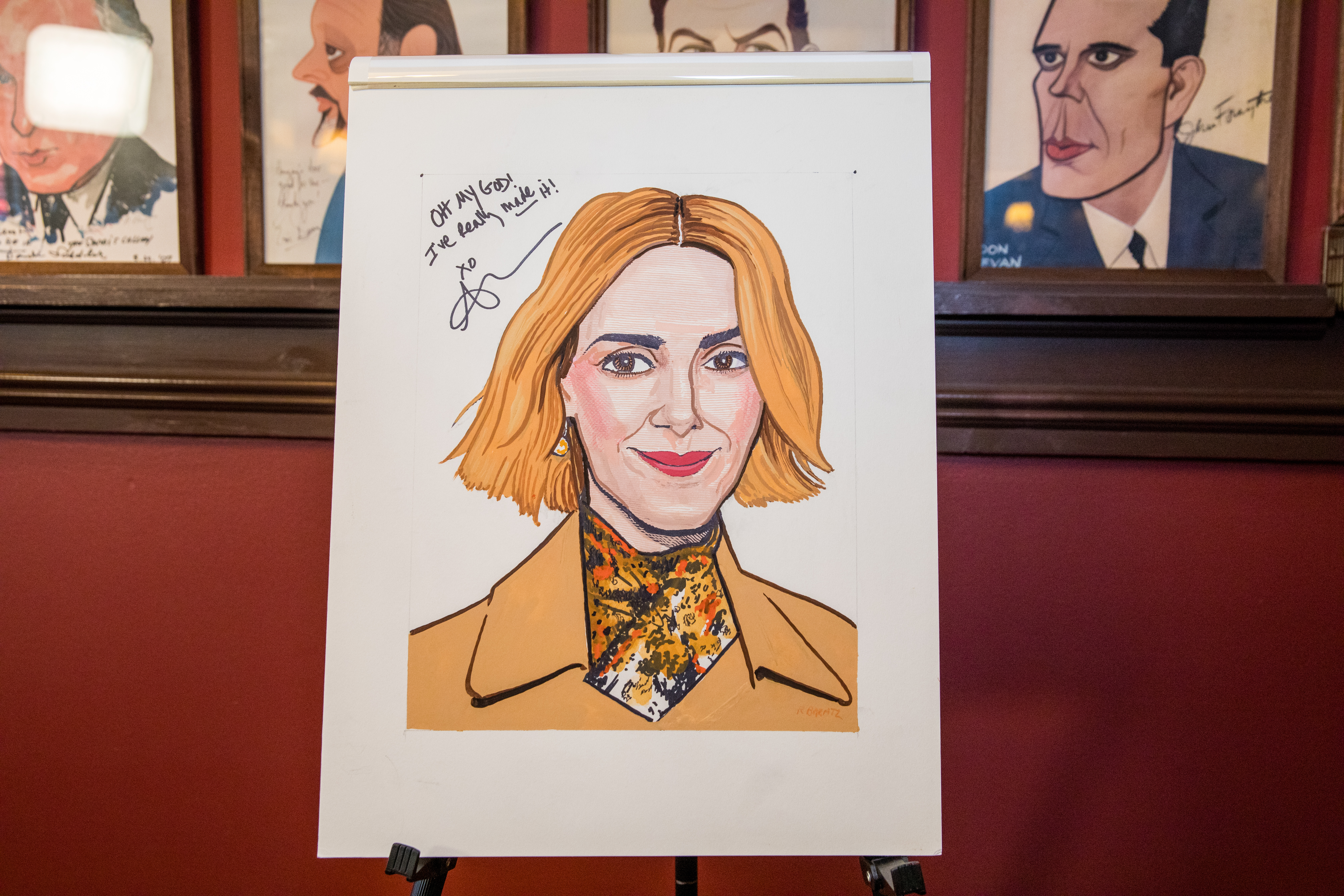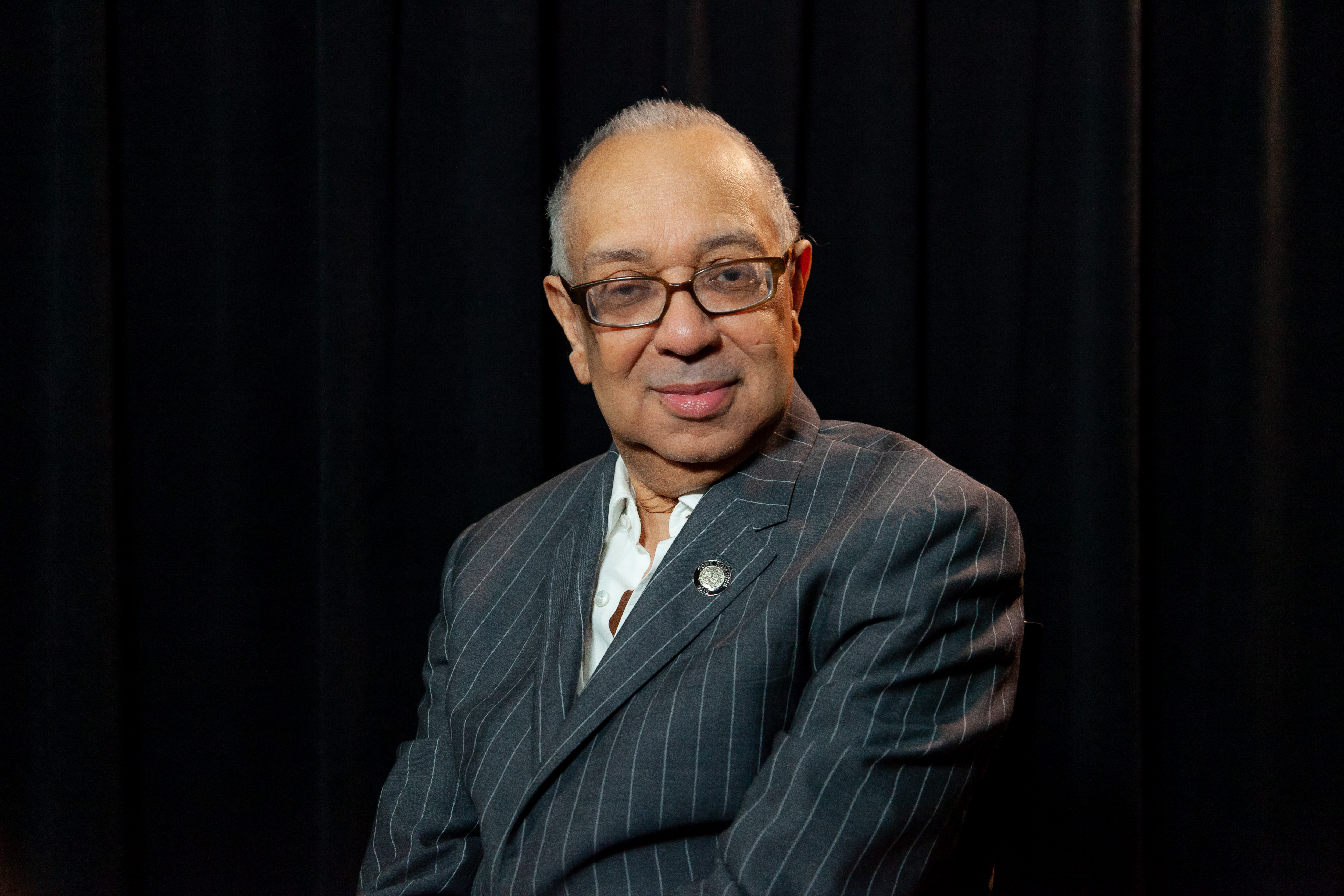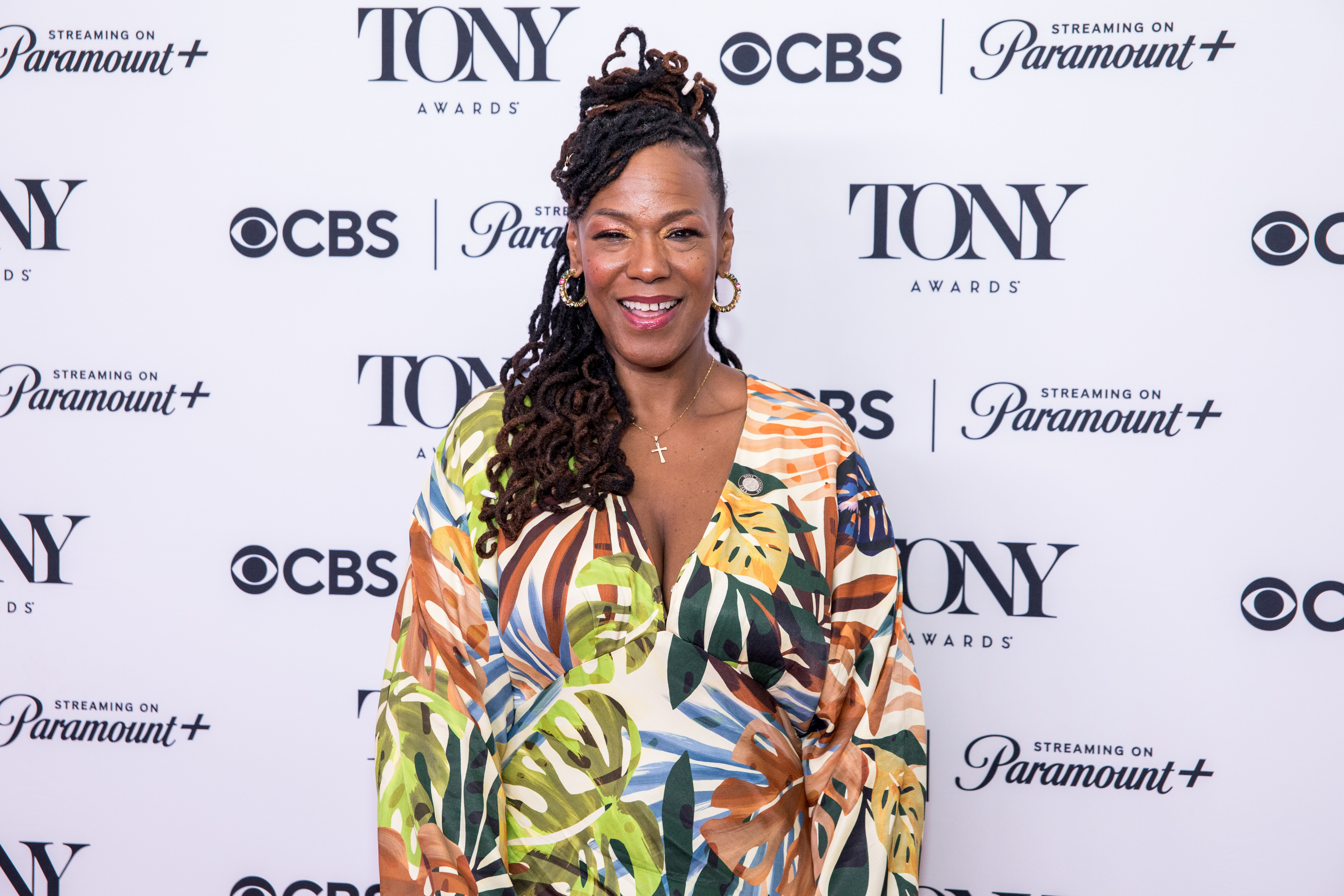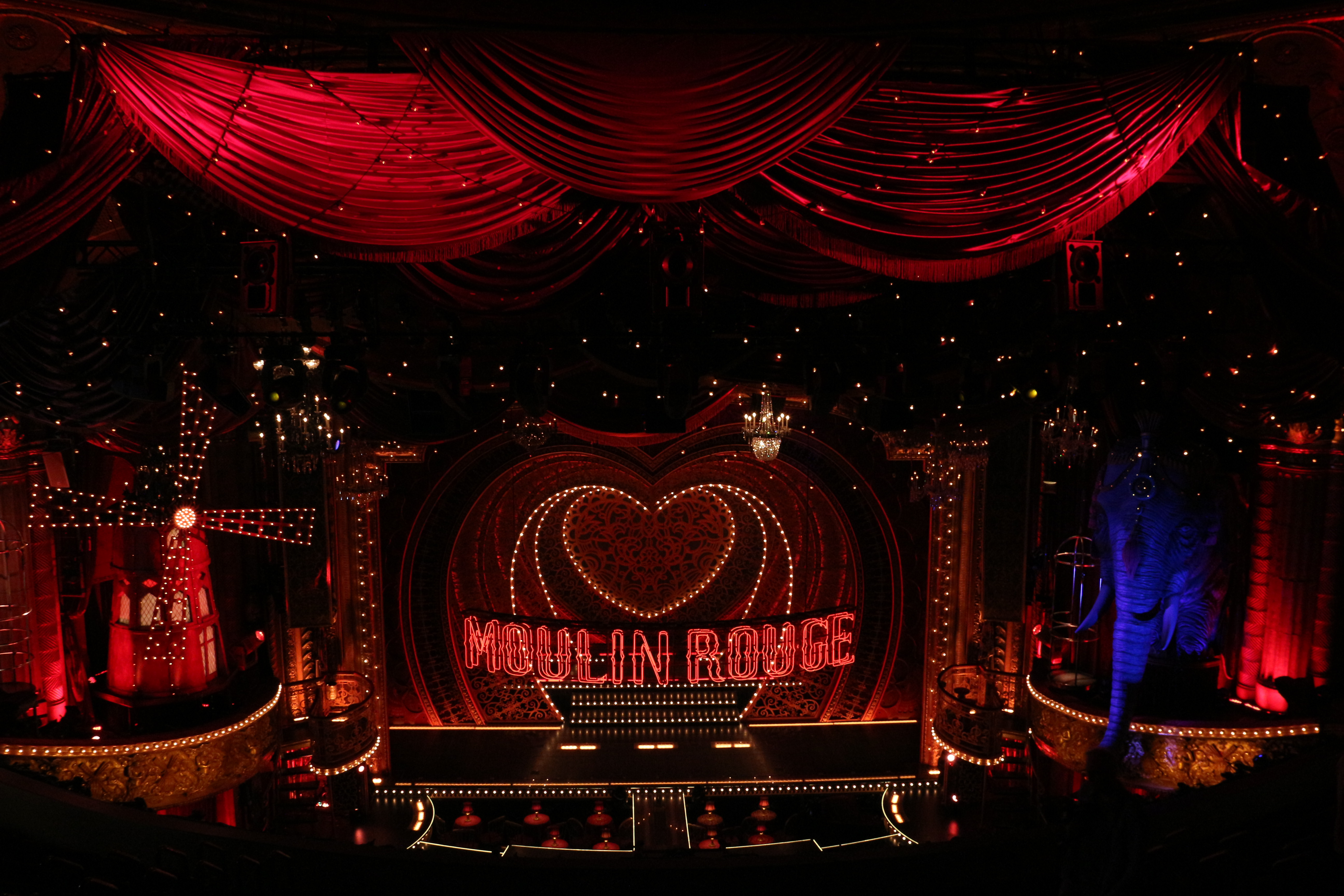Bird House

(© Marcus Woollen)
Bird House, a one-act play by Kate Marks receiving its world premiere at Theatre Three, is an uneven but intriguing play that’s been given a production that’s only sometimes as inventive as it needs to be, and one that never finds a consistently effective and cohesive theatrical language that is up to the challenges of the play’s often fantastical events.
The play’s action begins in a brightly colored tree house in a land called The Bright Side where Louisy (Cotton Wright) and Syl (Christina Shipp) live in a sheltered ignorance that is decidedly not bliss. Initially, the primary source of their anxiety is that the two birds in their cuckoo clock (named “Cuck” and “Koo”) can’t be made to stay any longer than it takes for them to sound each hour. Soon, pretty bluebirds are crashing into their windows and ants are marching into the house. The girls can’t shut themselves off from the world. Syl eventually leaves for The Lop Side, encountering a war-torn landscape and learning as many life lessons as Louisy, who is left behind in the tree house.
Marks seems to have patterned the play as an unconventional fairy tale save for one essential thing: there isn’t a villain. Without one, the play, despite some imaginative writing and its interesting themes, lacks sufficient narrative drive and compelling dramatic conflict. The playwright deserves credit for interestingly writing a pair of females as her main couple, and for playing with ideas that are unique for a fairy tale; for example, love doesn’t rule out abandonment, and the reach of war extends beyond where it physically takes place. However, she hasn’t created escalating stakes while dramatizing the characters’ conflicts.
The lead actresses ably accomplish the incremental transition from innocent girls to wiser, sadder women scarred by the world, although both are asked to lay it on too thick at the start. Under Heidi Handelsman’s direction, the production does a good job of clarifying the action and of delineating the two distinct worlds of the play. Andy Toad’s attractive puppets contribute some character to the world of the tree house, and Alex Koch’s animated projection of a bare tree in silhouette sets the tone for the world outside. The video projections featuring the actors are a distraction, however; and their dramatic purpose remains obscure.










